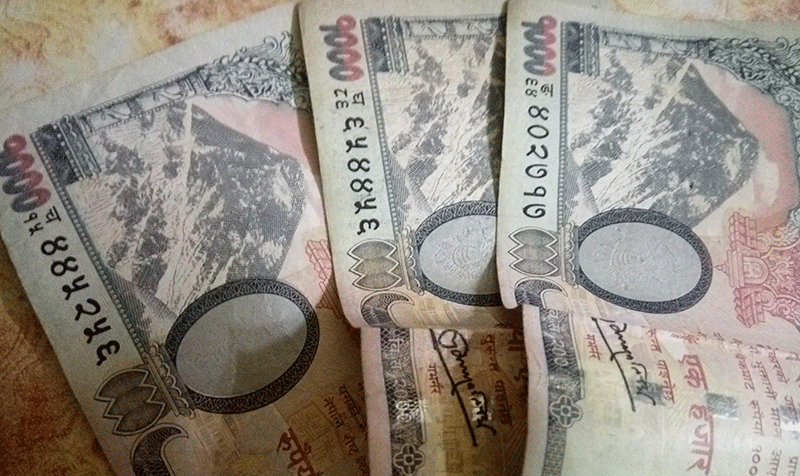December 3, 2018

Nepal is a small south Asia country between massif china and India and it is very rich in Nature and natural resources. There are more the 123 ethnicities, their own culture, Languages, and customs which is just unique for travelers who come to Nepal for their Holiday beside that there are so many snow cap peaks, Cultural/Religious sites and historical places including world’s tallest peak Mt. Everest. There are thousands of trekkers, travelers, pilgrims and tourists come to Nepal for their holiday to explore the beauty of Nepal and Nepal’s Himalayas.
There are many tourists who come to Nepal for many purposes but trekking in the Himalayas is the major activities especially trekking in the Everest region, Annapurna region, Langtang and Manaslu region are the best trekking route in Nepal. Moreover, some tourist just comes to Nepal for adventure activities such as climbing peaks, Bunjee jumping, Mountain flights, Zip flying, Paragliding & Rafting.
There is always a little confused for trekkers, tourists after their trip how much is normal tipping for Guide, porter, & Drivers in Nepal ? as it system began from the USA and South America at the begging but now tipping system is almost worldwide and effects Nepal especially in tourism , whereas, Nepali peoples are still not so familiar with this system because they mostly grow up in the remote part of Nepal which means they don’t know how to react if trekkers do not tip but the fact is tipping is highly expected after trek and tour as they have still relatively very low income then europian, Americans, and other many countries people that is why if you tip after their work they will be the happiest people ever and its being kind of system now to tip in Nepal. If your field staff, your mountain guide, tour guide, porters & Drivers makes you happy then they have also expectation of your good tip Although, There is no fixed tipping rate this much and that much but highly expected as they very low income and they work only in season time(Sep- Nov & March-May) Rest of the months in a year they have no work and still have to take care their families, it is of course not your concerns as you are here to visit the country but these are the reasons why Trekking guide, tour guide, porters and drivers expect tip after their success trip.
What is a reasonable tip for guide and Porters after trekking/Hiking?

Nepal is a poor and underdeveloping country where many people involving in tourism and they are relatively introvert, they want to say something but can’t its kind of shy nature that’s why they expect tip but can’t say anything mostly, therefore, you have to understand them how was their act during your trek, they were caring you or not, in this way you can tip them. Tipping is also a strong part of workers to work even better in another hand if you do tip after their hard work they will upset and become pessimistic which is kind of bad.
The expectation of tipping from single Trekkers:
Trekking/Hiking guide: 5$ a Day
Porter: 4$ a Day
Tour Guide: 4$ a Day
The expectation of tipping from 2 or more than 2 Trekkers
Trekking/Hiking Guide: 9 – 14 $ a Day
Porters: 5 – 10 $ a Day
Tour Guide: 10$ a Day
Note: The above criteria are usually quite common until 2 weeks trek but if you are taking your Guide, Porter, Tour guide for a month or more then 300$ to 500$ may work.
Tipping after succeed of your trip is being quite common now so after their trek instead of giving money on hand to hand over is not so polite that means using envelope is the best way of tipping after your trek.
Many trekkers might be still confused which currency is expected for tipping? It is simple either USD,AUD,EURO that all is common currency that you can tip but if you have Nepali currency for tip is better because some porter don’t know here to change, what is good rate of Dollar etc so if you give local currency according to the dollar you are planning to tip that will be the best way to make them happy.